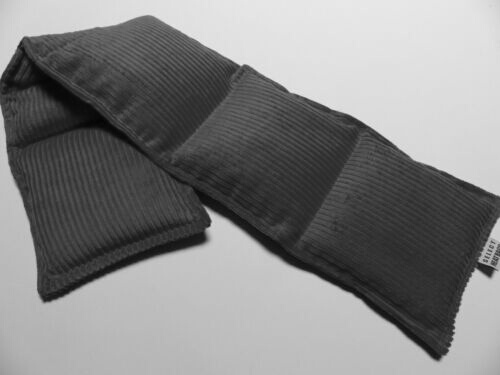The earliest inception of the heat pack was documented in the early 16th century. Commonly made out of tin or copper and shaped like a frying pan, it was used as a household item to warm a bed by inserting hot coals, and later hot water, into a metallic contraption. Since then, it has evolved to today’s hot water bottles, which feature a rubber material and a cap that addressed the issue of skin-burns through leakage.
Although not clear when people started to use “heat packs” on their body directly, the principle of thermotherapy has long been used dating back to the ancient Egyptian and Greek civilisation. In the past, heat therapy was delivered by utilising sunrays, mud baths, hot air caverns, and hot springs.
In the 1950s Hot-R-Cold Pak Inc. invented the modern version of personal thermotherapy by utilising gel in a waterproof bag to store heat or cold. Its design was revolutionary in its portability and convenience of use.
The wheat bag, an alternative to the gel pack, was invented in the 1990s. It improved on its predecessor’s heat distribution capacity and its ability to mold over body parts. The wheat bag was quick and easy to heat in a microwave oven.
Despite continuous debate on the legitimacy of hot packs in clinical practice, thermotherapy remains an effective modality in delivering pain relief for arthritis, joint stiffness, and general aches.
Description provided by Andrian Sutanto of Australia

